Hien Luong Bridge Ben Hai River is a tourist attraction that attracts many tourists to stop when passing through the land of Quang Tri. Hien Luong Bridge is located right next to National Highway 1A, so it is convenient for tourists who want to visit this historical place.
Hien Luong Bridge was first built in 1928. The bridge was built by Vinh Linh government to mobilize people in the area to contribute efforts. This bridge is made of wood, driven by iron piles, 2m wide. Mainly serving pedestrians crossing the Ben Hai River. In 1952, France rebuilt a new bridge with 7 spans, 178m long, 4m wide, reinforced concrete piers, pine wood deck, 1.2m high railings on both sides, maximum tonnage of 18 ton.
According to the Geneva Agreement, a demilitarized zone on the 17th parallel, from the mouth of the Ben Hai river running along the length of the river to the Vietnam-Laos border, will become a temporary military demarcation line dividing Vietnam into two North and South regions. . At that time, the Hien Luong bridge spanning the Ben Hai River was also divided into 2 parts belonging to 2 regions and painted in 2 colors: the southern half of the bridge (on the south bank) painted in yellow, the northern half of the bridge (on the north bank). ) painted blue, the boundary between the two spheres is a white horizontal line 1cm wide.
Hien Luong Bridge was destroyed by American bombs in 1967. At this time, Hien Luong Bridge has become a “symbol” of the division of the country into two North – South.
In order to preserve the historical evidence of Hien Luong bridge, Quang Tri province has restored the Hien Luong bridge based on the design of Hien Luong bridge built by the French in 1952. In particular, the bridge railing is also painted with 2 blue colors, yellow to describe the Hien Luong bridge during the period when the country was still divided.
Points in the cluster of relics of Hien Luong Bridge – Ben Hai River
Police station and flagpole on the north bank of Ben Hai River
According to the provisions of the Geneva Agreement, there are four police stations along the banks of the Ben Hai River (the river of the demarcation line). Therefore, on the north bank of the river there are Hien Luong and Cua Tung police stations, and on the south bank of the river there are Xuan Hoa and Cat Son police stations. The police stations are arranged with about 20 people, equipped with pistols and infantry submachine guns and are responsible for maintaining the status of the demilitarized zone, controlling people crossing the line, and controlling each other in the enforcement of the demilitarized zone. provisions of the Agreement and is placed under the supervision of International Organization 76 (including representatives of Canada, India, Poland).
In 1967, two forts on the south bank of the river were destroyed by American bombs. Up to now, 2 forts on the north bank of the river still exist, but due to deterioration, they have been restored by Quang Tri province according to the previous prototype.
Hien Luong police station is located close to the bridge abutment on the north bank of the Ben Hai River. The work consists of 3 blocks A, B and C forming a V shape. Building A (combined house) is built in the style of a house on stilts with dimensions of 12m x 6m, tiled roof, installed glass door system. . This used to be a meeting place and receiving delegations. Building B has a size of 10m x 5m made of wood, thatched roof, is the residence of frontline policemen. Building C with size 12m x 4m, used as logistics warehouse, canteen.
Hien Luong flagpole
From 1954-1967, the area on both sides of Hien Luong bridge took place a “chess fight” (the two sides competed to build a flagpole to see which side was taller). In the end, the victory belonged to the flagpole in the area of Hien Luong police station, on the north bank. The flagpole is made of tubular steel, erected in 1962, 38.6m high. On the top of the flagpole there is a flag measuring 9.6m x 4m.
The current flagpole is a model simulating the flagpoles that the Government and army of the Democratic Republic of Vietnam built before. The flagpole is 28m high, made of 6 pieces of steel pipe linked together. On the top of the flagpole is a five-pointed yellow star flag. On the body of the flagpole, there are rectangular steel bars to make ladders. The flagpole is also equipped with a system of cables, pulleys and winch parts to facilitate flagging. The base of the flagpole is round, decorated with pictures depicting the history of the revolution.
Cua Tung Police Station is now part of the 204 Border Guard barracks. In addition to the function of working and staying, this area also serves the purpose of national security. This place has a traditional house displaying 92 photos, 60 artifacts directly related to the history of revolutionary struggle of officers and soldiers of Cua Tung police station and other stations located along the north bank of the Ben Hai River from 1954-1967.
Architectural complex on the south bank of Ben Hai River
In order to simulate the former demilitarized zone on the 17th parallel as well as to build a destination to learn history for tourists, and to educate revolutionary traditions for the young generation today and in the future, Quang Tri province has built The exhibition house “The 17th parallel and the aspiration for unity” and the monument cluster “The desire for unity” on the south bank of the Ben Hai River.
The exhibition house “Seventeenth Parallel and the aspiration for unification” consists of 2 compartments. The grand opening is where the statue of President Ho Chi Minh is located. The booth displays 53 documents and artifacts directly related to the fight of our army and people on the banks of Hien Luong – Ben Hai during the resistance war against the US for national salvation. Documents and artifacts are classified under 4 themes: the Geneva Agreement and the temporary military demarcation line; The unyielding spirit of Vinh Linh people and the fight to protect the front line; People in the South of the 17th parallel with the struggle for national unification; 17th parallel after the liberation of Quang Tri in 1972.
In particular, there is also a restored version of a 500W loudspeaker used by the Government and army of the Democratic Republic of Vietnam on the north bank before. Admiring this speaker, visitors will partly imagine The “speaker game” on the banks of the Ben Hai River from 1954 to 1965.
The monument cluster “Aspiration for Unity” was built on an area of 2,700m², consisting of two parts. The base is assembled from many stone blocks of different sizes, decorated with reliefs. The monument is made of Thanh Hoa green stone with the layout: in front, there are 2 statues of mother (7.70m high) and baby (5.50m high) standing close together, depicting the image of a wife and child. in the South are looking to the North with pain when they cannot cross the river to meet their husbands, fathers and relatives during the years when the country was divided. Behind is a cluster of statues as a background, depicting the image of the leaves of the water coconut.
In this area, there is also a large campus, a festival yard, a lake, a reception house, a house on duty, to serve the reception of visitors and promote the value of the monument.
Ben Hai River and wharfs on Ben Hai River
Ben Hai River originates from Dong Chan mountain in the Truong Son range, flows on terrain nearly 100km long, along the 17th parallel from west to east and flows into Cua Tung estuary.
The wharfs on the Ben Hai river include: Cua Tung (wharf A), Tung Luat (wharf B), Luy (wharf C), Thuong Dong and Duc Duc. In particular, Cua Tung and Tung Luat wharfs are two wharfs that make an important contribution to the victory for independence and reunification of the country of the Vietnamese people.
Cua Tung wharf (wharf A) belongs to Cua Tung beach area (Cua Tung town). This is the anchorage of ships and boats transporting officials operating from 1954 – 1975. Currently, this wharf is planned in an area of 187.6m2 , with a system of surrounding fences. The stele memorializing the wharf relic A consists of two parts: the pedestal and the complex of architectural and artistic images, prominently showing the image of boats overcoming the waves to transport officers and soldiers across the river and thirst. hope for the happy day of national reunification.
Tung Luat wharf (wharf B) was formerly about 150m in length, belonging to Tung Luat village, Vinh Giang commune (now Cua Tung town), 7km east of Hien Luong bridge and 2km to Cua Tung sea west. This is one of the secret anchorages of ships and boats on duty to transport cadres, soldiers, wounded soldiers, citizens and weapons and ammunition to the South shore, is one of the main starting points of the shipping route. Load reinforcements for Con Co island.
Currently, the wharf is planned to include a campus and a memorial. The memorial is a symbolic artistic complex, with the image of ships carrying soldiers and goods rushing forward despite enemy bombs and bullets.
In 1996, these wharfs were classified as National Historic Sites by the Ministry of Culture and Information (the Ministry of Culture, Sports and Tourism).
The Hien Luong – Ben Hai twin bank historical relic cluster was ranked as a national relic in 1986 and a special national relic in 2013.
The battle without gunfire on Hien Luong Bridge – Ben Hai River
Chess Battle
Hien Luong Bridge: “chess fight “: According to the provisions of the Geneva Agreement, each side has 2 police stations: Hien Luong Cua Tung station on the north bank, Xuan Hoa and Cat Son station on the south bank. In the wars that took place at Hien Luong, perhaps “Choi Che” was the fiercest and fiercest battle that took place during 14 years.
Since the demarcation line was demarcated, the height of the flagpole has been continuously raised, because our flag cannot be lower than that of the puppets. When the red flag with a yellow star was raised high, the people on both sides of the North and South cheered happily. The US and Wei were completely surprised by this event. They hastily raised their flagpoles to 35 meters. Not to let our flagpole be lower than the enemy’s, in 1962 the government sent the Vietnamese machine assembly corporation to process a flagpole and then moved it to Hien Luong, the flagpole was 38.6 meters high, and the flag was raised 134 m2. weighs 15 kg. There is a cabin 10 meters from the top of the flagpole for our soldiers to collect and hang the flag. This is the highest flagpole on the line.
In 1965, the US waged a war of sabotage by air and navy to the North. From here, the North Vietnamese army and people entered a new battle. On August 2, 1967, the enemy gathered many groups of aircraft to take turns bombing for a day, causing the Hien Luong bridge to collapse and our flagpole to be broken. That same night, we focused on rebuilding another flagpole with an electric pole connected to a tree.
After each battle, the flagpole was broken, the flag was torn by bombs, the army and people of the North bank were raised again, many of our officers and soldiers bravely sacrificed themselves to protect the flag like the heart of our nation. Country. There are stories that have become legends about mothers who patch up flags on the banks of Hien Luong and tell them to future generations.
Paint color war
Hien Luong Bridge: “painting war “: Hien Luong Bridge is not only a chess fight, but also a paint color war. Hien Luong Bridge was built in 1928, after many repairs, in 1952, the French colonialists rebuilt the bridge with a length of 178m, a width of 4m; The bridge has 7 spans, reinforced concrete pillars, steel girders, while the bridge deck is paved with pine wood planks. The South-North dividing line is a white painted line 1cm wide as the boundary between the two regions. Every day, the police and police of the two regions are on guard, changing turns to return in a combined mode.
To create an image of dividing our country, the US-Saigon government actively painted the southern hemisphere blue. But with the intention of “unifying the mountains and rivers”, they had just finished painting at the beginning of the day, but in the night, the police painted half of the bridge on the North bank in blue to blend in one color. Later, they let people repaint the southern bridge with brown color. Like that, Hien Luong Bridge always changes color. Whenever the enemy paints a different color to create two opposing colors, we immediately repaint it into a common color. The paint fight on Hien Luong Bridge is a form of political struggle to express the aspiration to unify the country of our army and people.
Sound War
Hien Luong Bridge: “sound war”: On the banks of Hien Luong in the years of division, in addition to chess and paint, it was also a sound-speaker battle between us and the enemy. After the Geneva Agreement, in order to educate and encourage the people to fight for national reunification, we built a loudspeaker system, distributed in 5 clusters throughout the length of 1,500 meters on the North bank. Each cluster of 24 speakers type 25 W facing the South bank.
Every day, our speaker system broadcasts programs of Voice of Vietnam, Vinh Linh Radio, music programs, recitations, plays, folk songs. Annoyed by this incident, a few weeks later, America-Diem attached to the south bank clusters of loudspeakers manufactured by West Germany and Australia with large capacity, loud, overwhelming even our loudspeakers.
In order to “fight words”, the US-Diem launched dangerous psychological warfare in Ben Hai. Every day they talk for 14 to 15 hours, one or two in the morning have turned on the speakers at full capacity. In the early 1960s, an American loudspeaker rig with large capacity was brought to the south bank. The government of the Republic of Vietnam believes that, with this loudspeaker system, it will reach as far as Quang Binh, the people of the North will clearly hear the voice of the national cause. Not giving up, the North bank has added a speaker system including a speaker with a diameter of 1.7m, 4 speakers of 250W type. Speaker clusters are placed on reinforced concrete pillars, especially the 500W speaker is placed on mobile vehicles. By 1965, when the US bombed the North, the loudspeaker systems of the two banks stopped working.
Hien Luong Bridge special relic
The war has receded, the country is peaceful and unified. Currently, the relics on both sides of Hien Luong still preserve images and memorabilia. The historical relics associated with a time when the country was divided: Hien Luong Bridge, the flagpole on the north bank, the Union House, the police station at the border line, the monument cluster “aspiration for reunification”. The gallery “Seventeenth Parallel and the aspiration for unity” on the south bank.
The land of smoke and bombs in the past has given way to vast fields of rice, pepper, and green rubber forests. Visiting the banks of Hien Luong – Ben Hai is an opportunity for each Vietnamese person to review heroic and tragic memories, each of us honors and deeply appreciates the great sacrifices of generations. father for the independence and freedom of the Fatherland. The historical sites on the banks of Hien Luong – Ben Hai are the legacy of the Vietnamese people’s desire to unify the country.
Along with Quang Tri tourist attractions such as Vinh Moc tunnels, Quang Tri ancient citadel, Truong Son cemetery, and Road 9 cemetery, creating nostalgic tourism products for domestic and foreign tourists.
Transport To Hien Luong Bridge From Danang, Hoi An
With a departure from Danang, Danangprivatecar.com will bring visitors to Quang Tri, a land with many famous landscapes and landmarks bearing the imprint of a heroic history of the Vietnam War, If you are looking for a Private Car Transfer from Danang to Hien Luong Bridge Quang Tri, we can help. We have a team of driver can speak English who will be happy to take you from danang to Hien Luong Bridge quang tri.
See More: https://danangprivatecar.com/tours/private-car-transfer-from-danang-to-dmz-quang-tri/
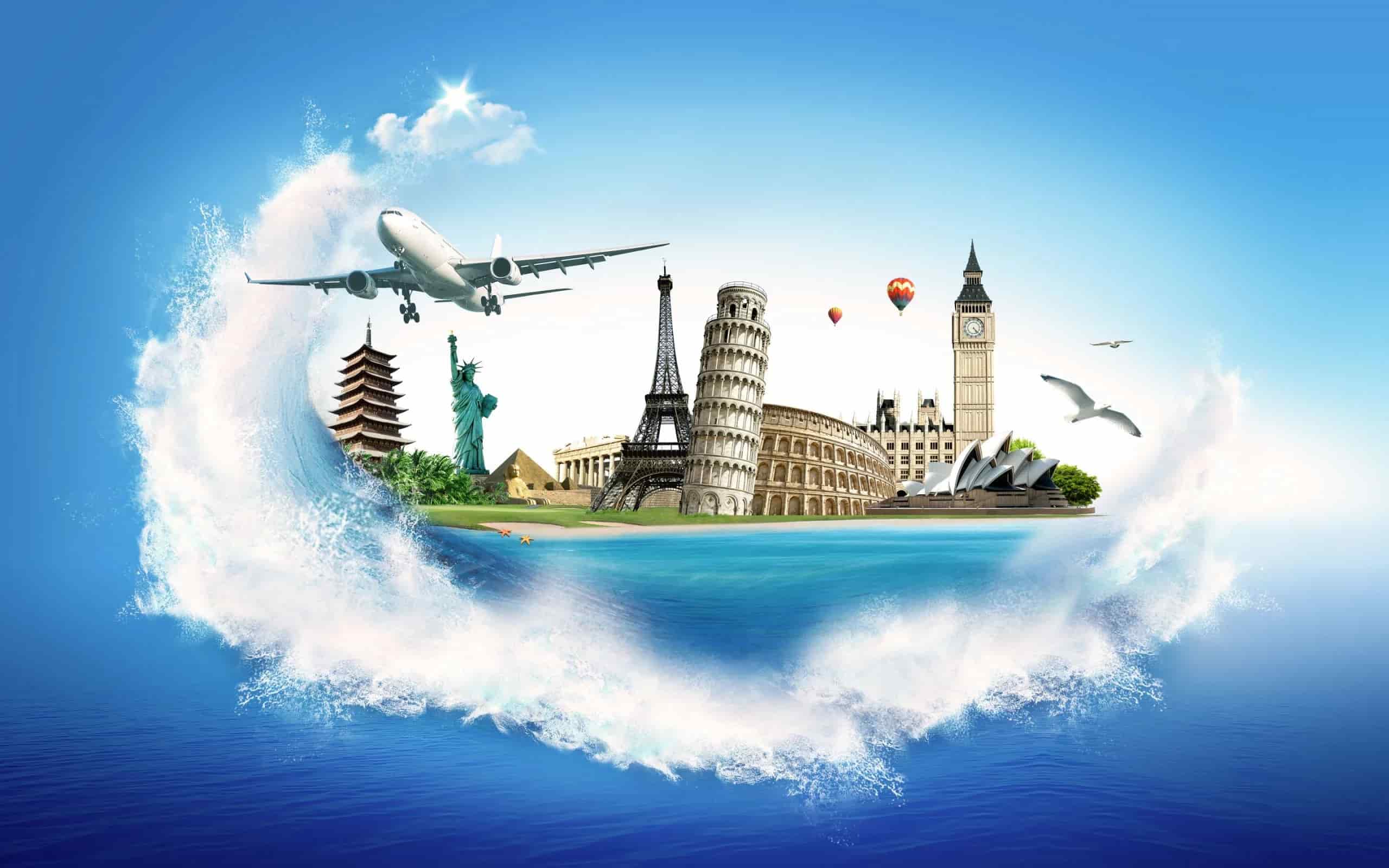

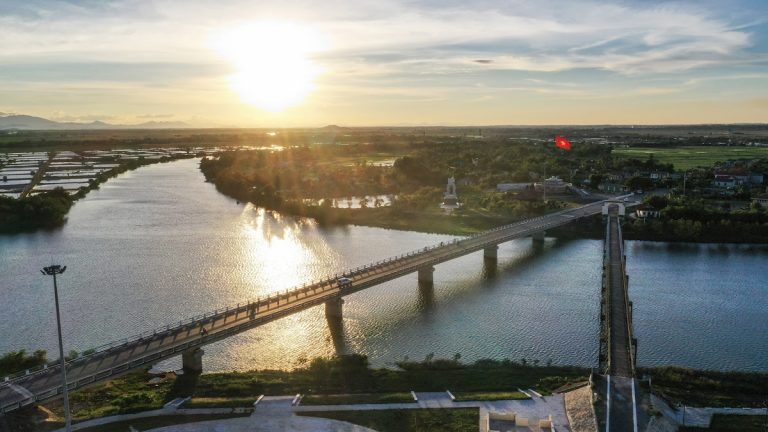
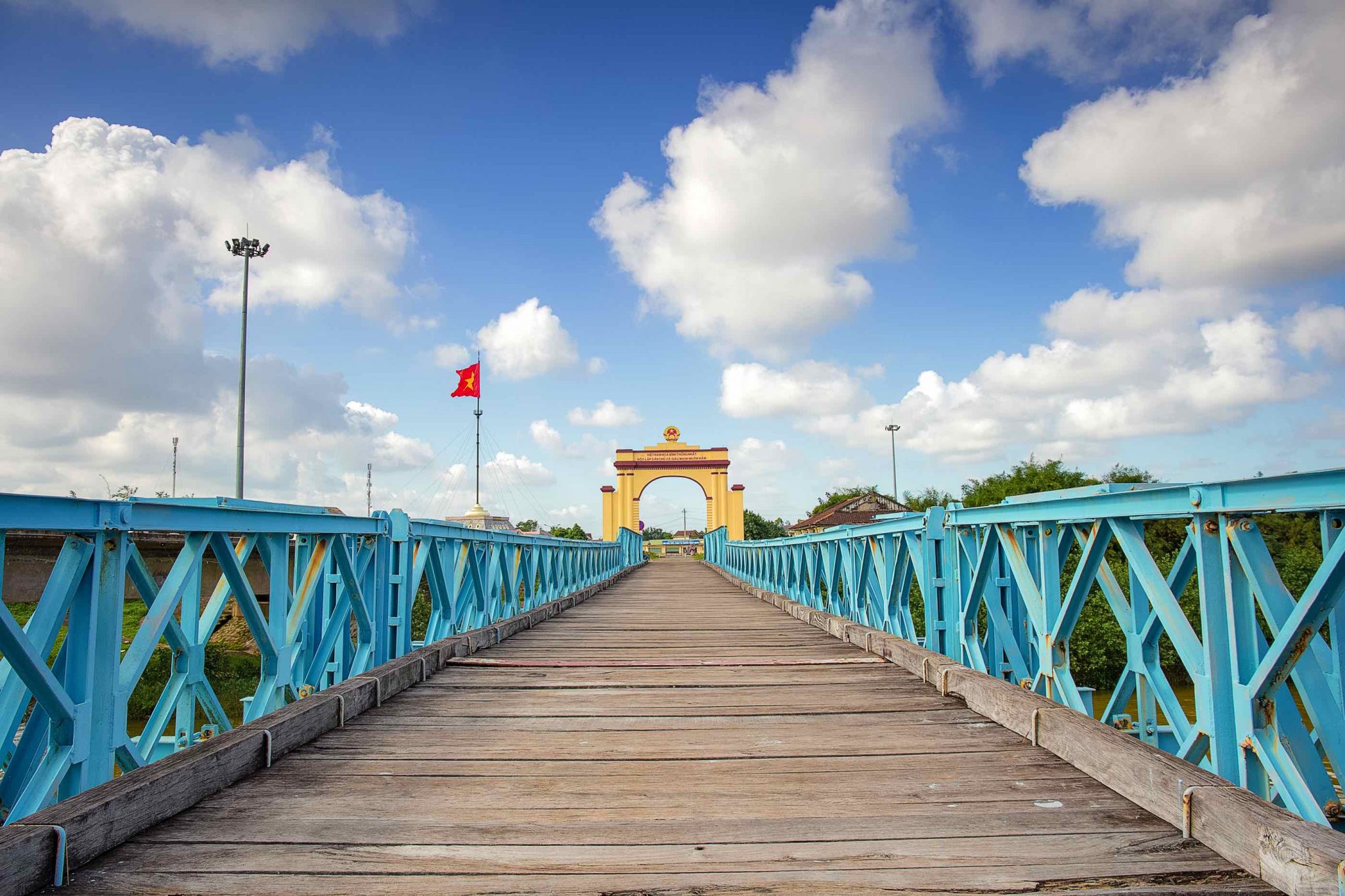
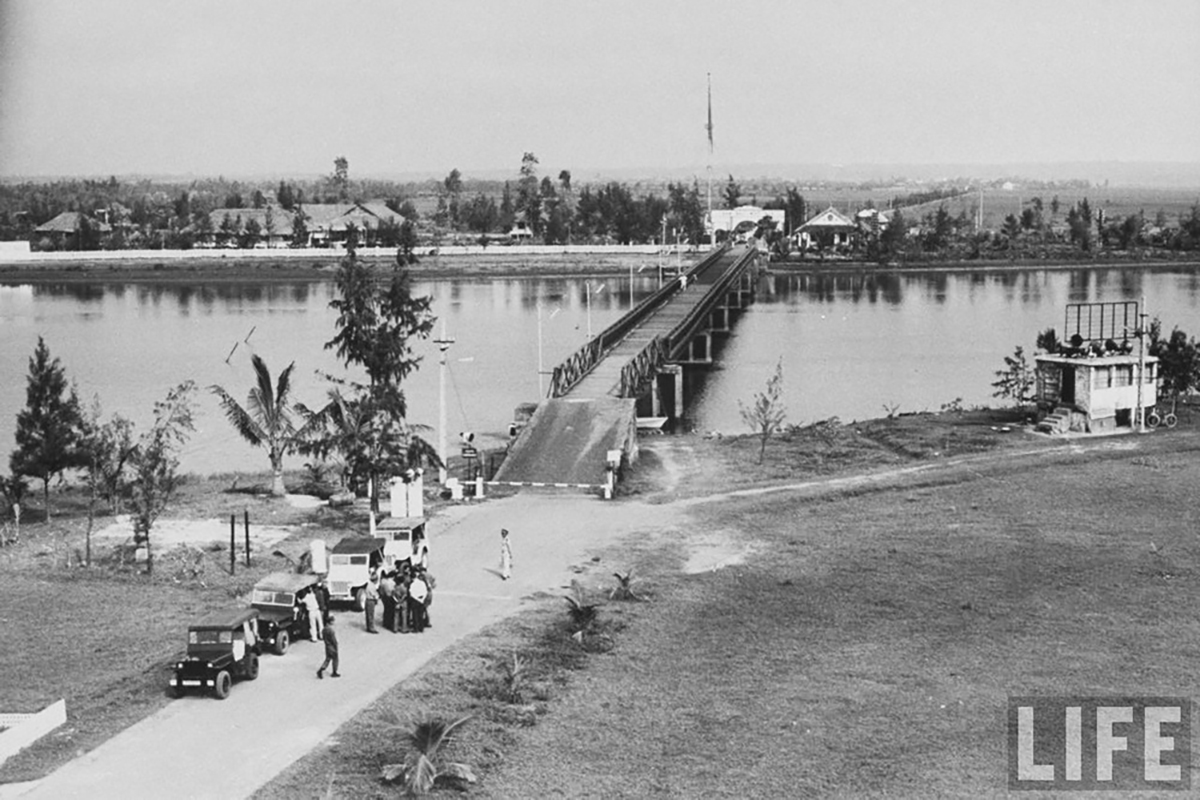
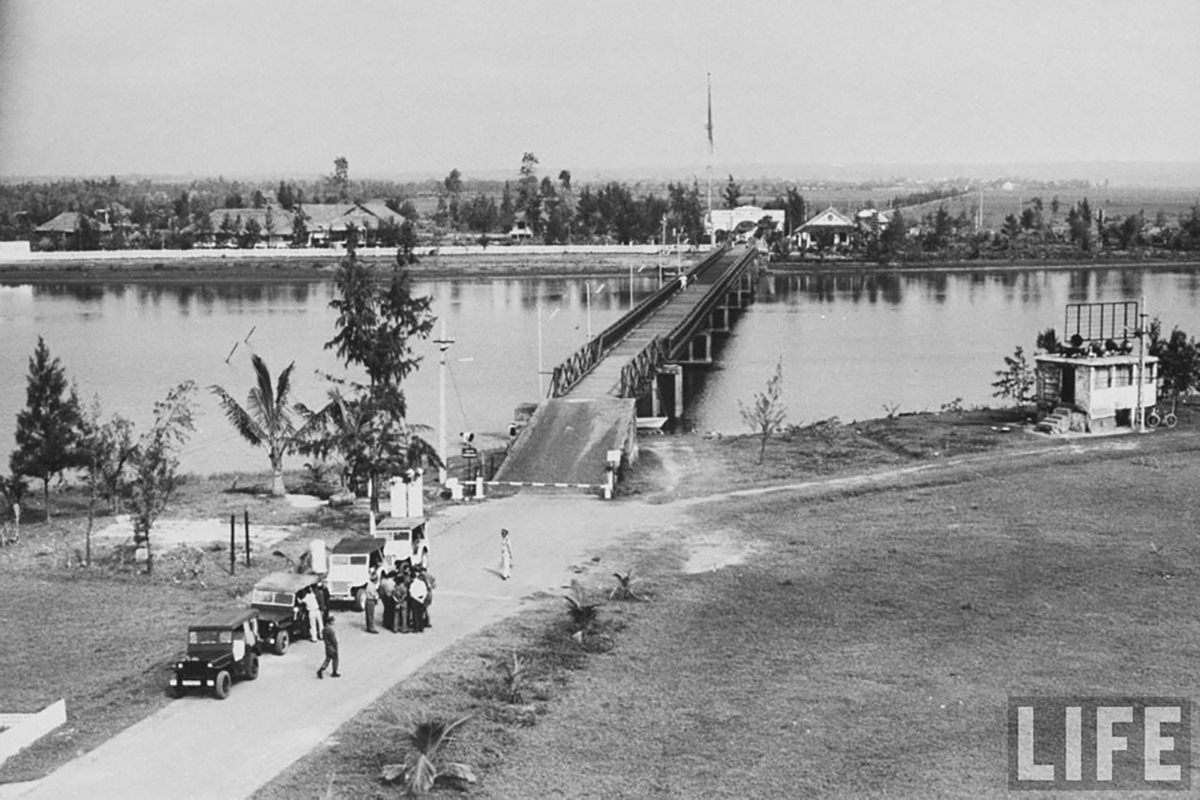
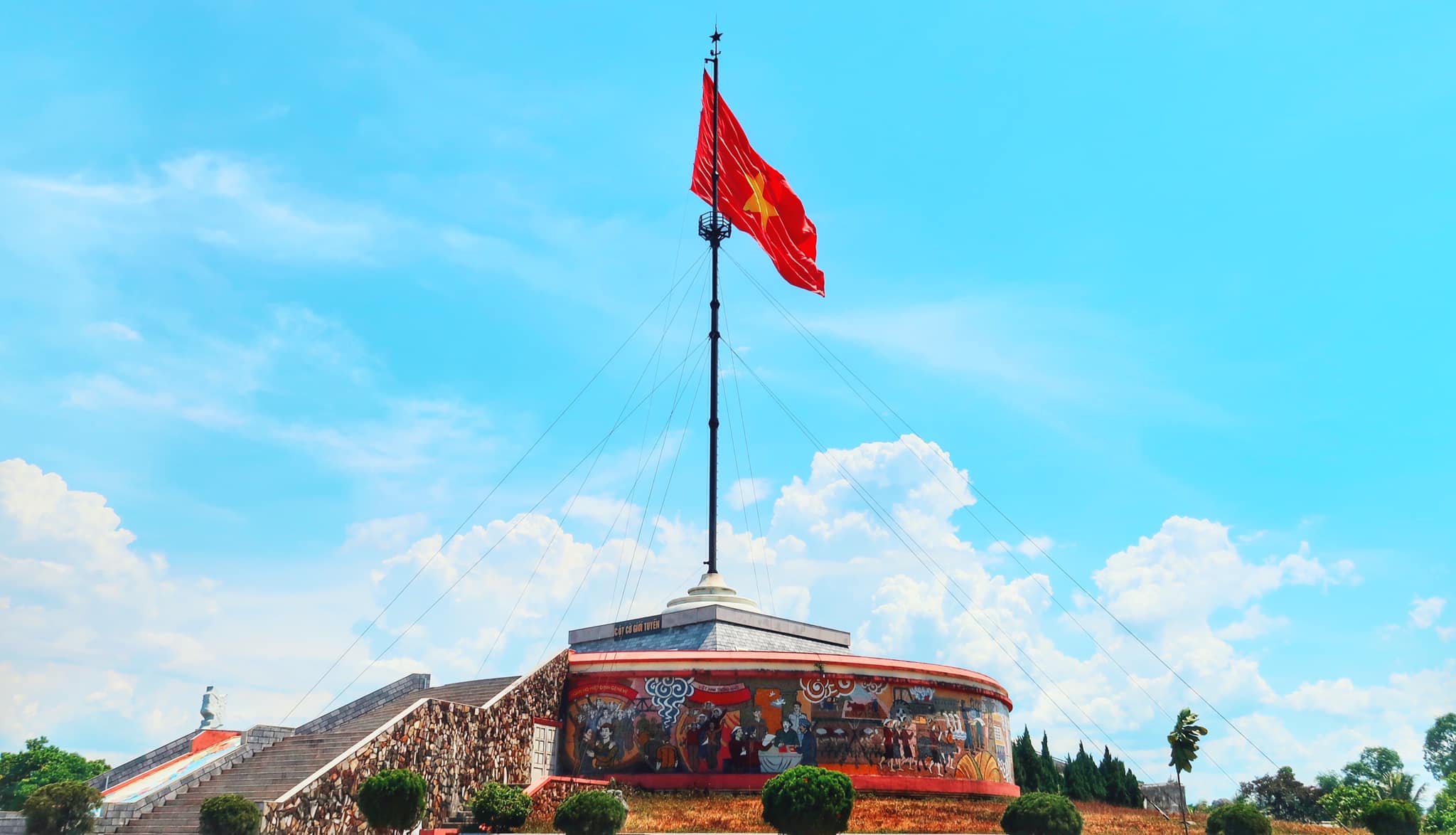
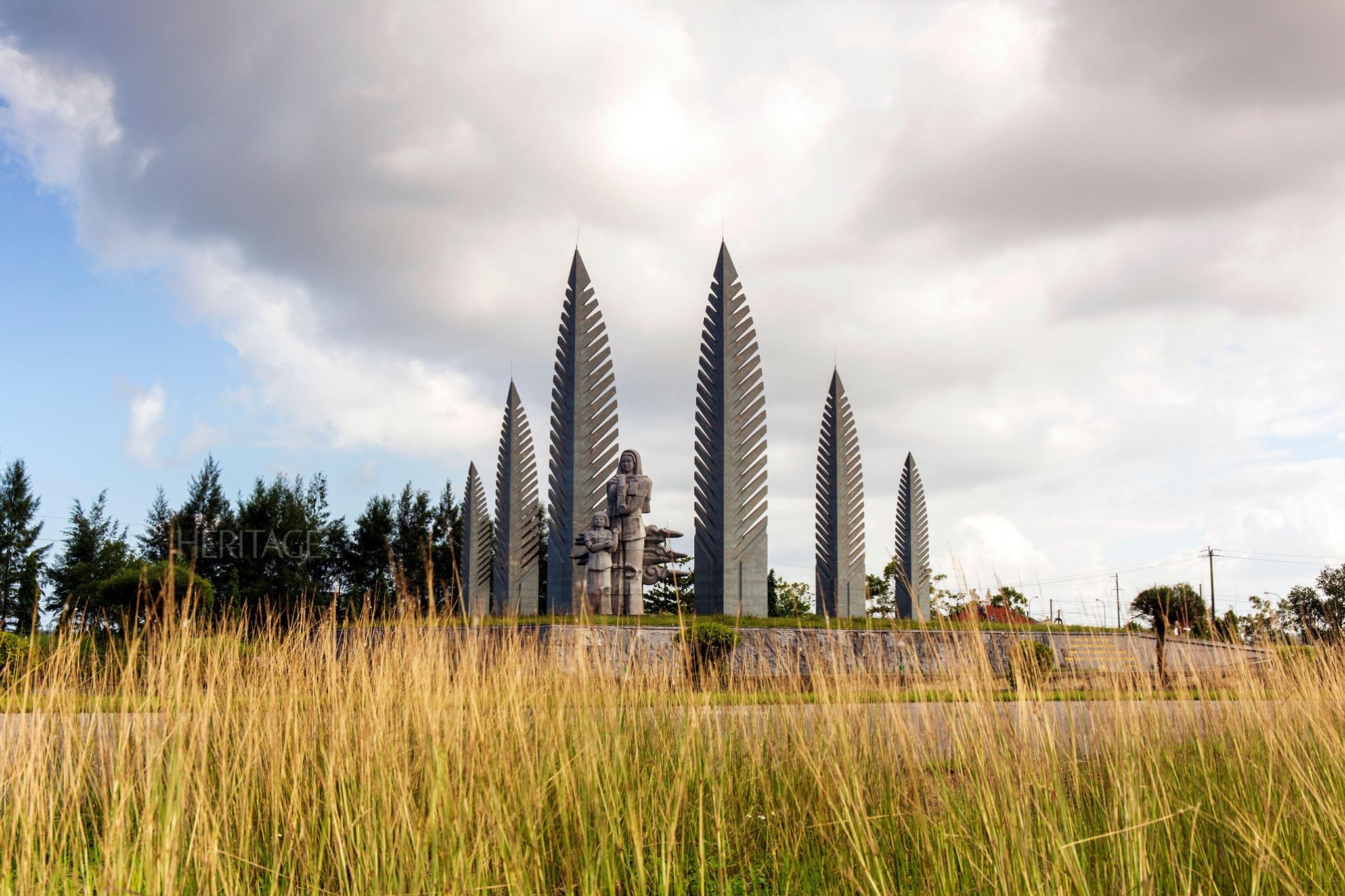
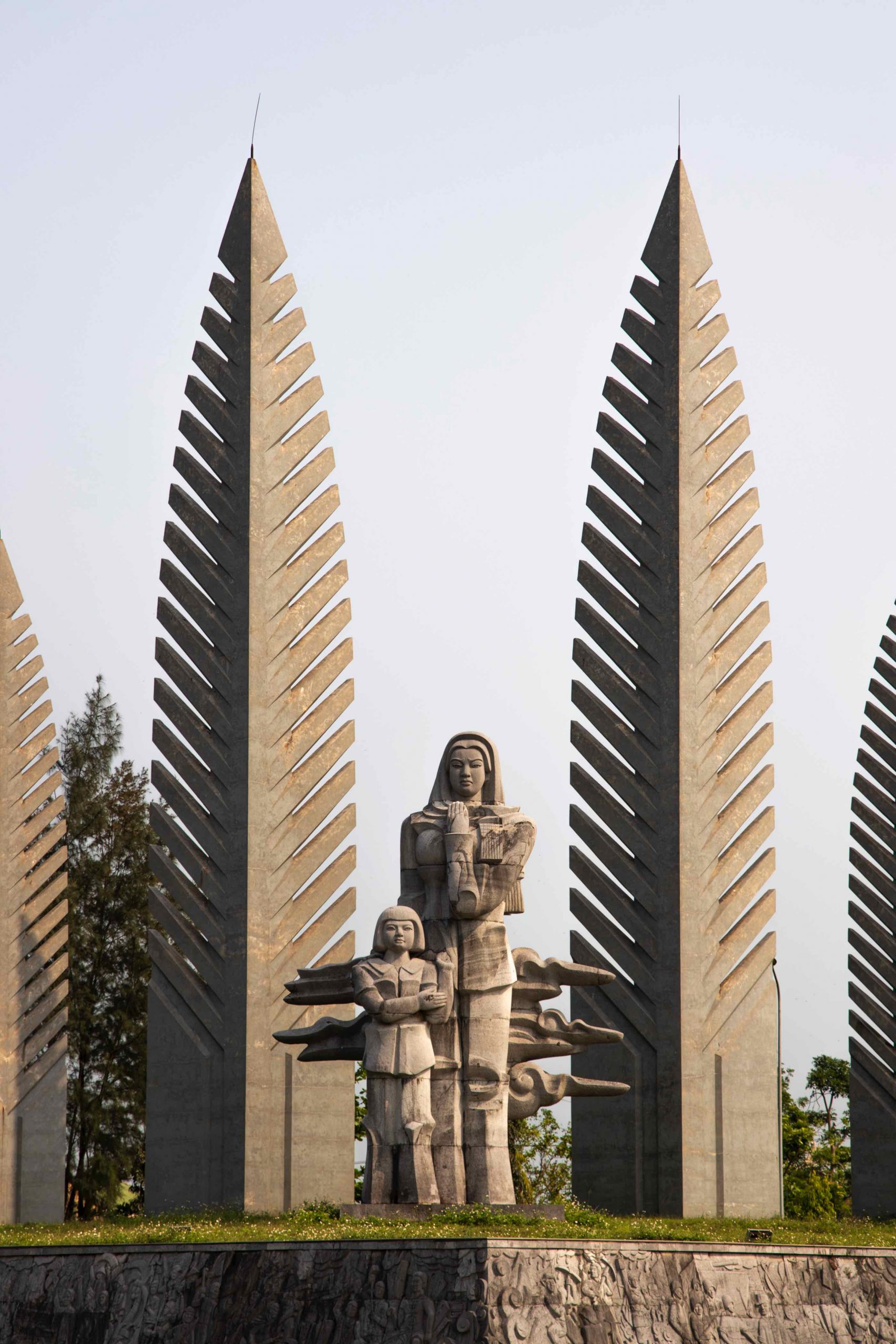
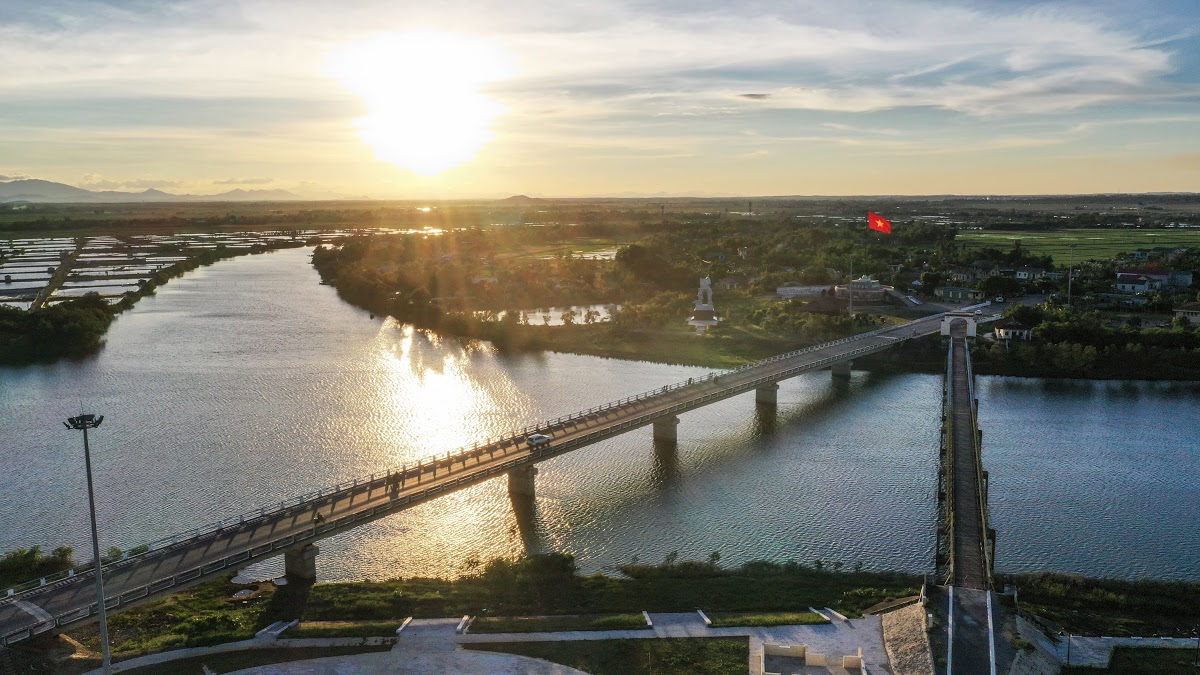
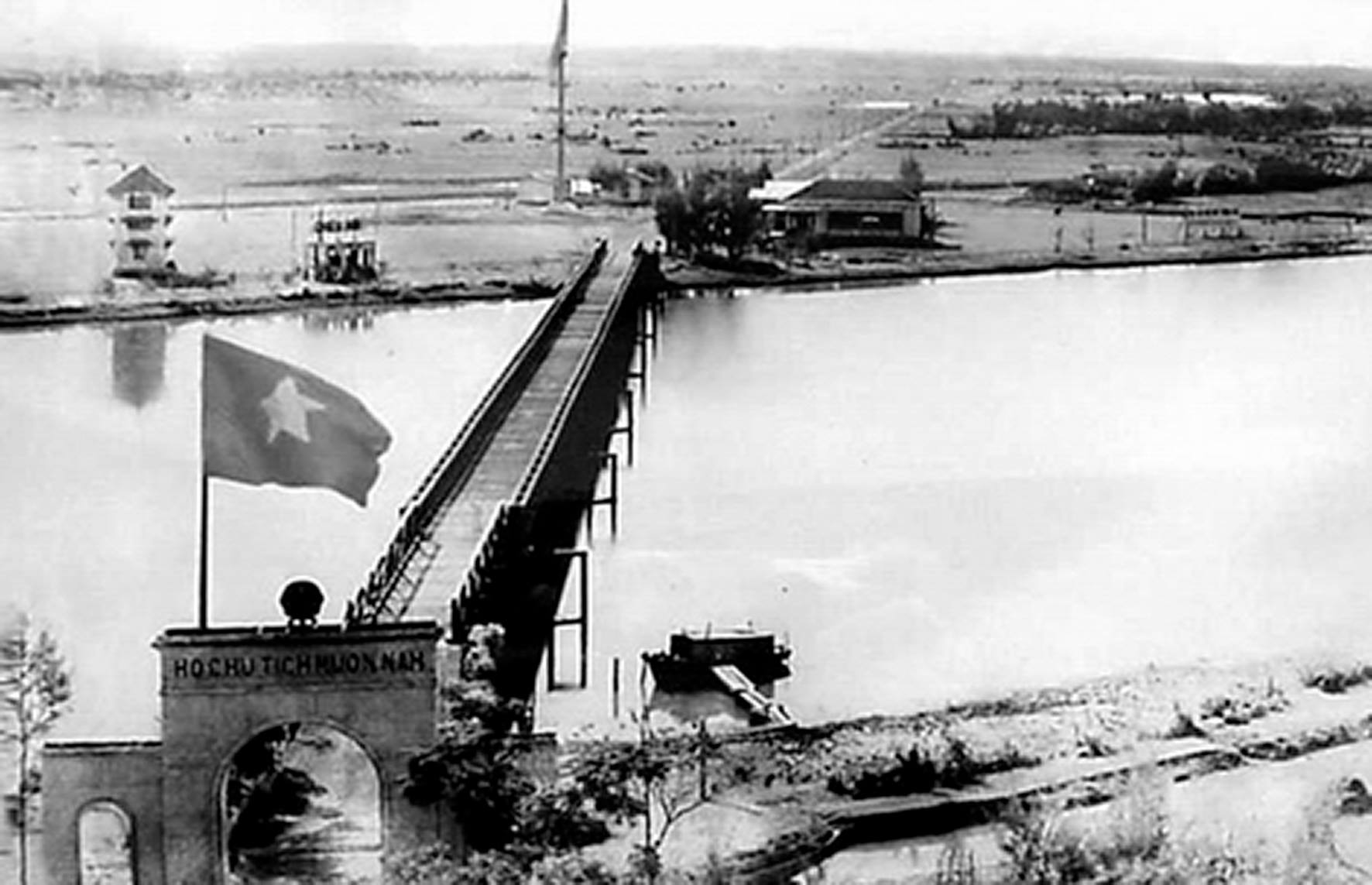
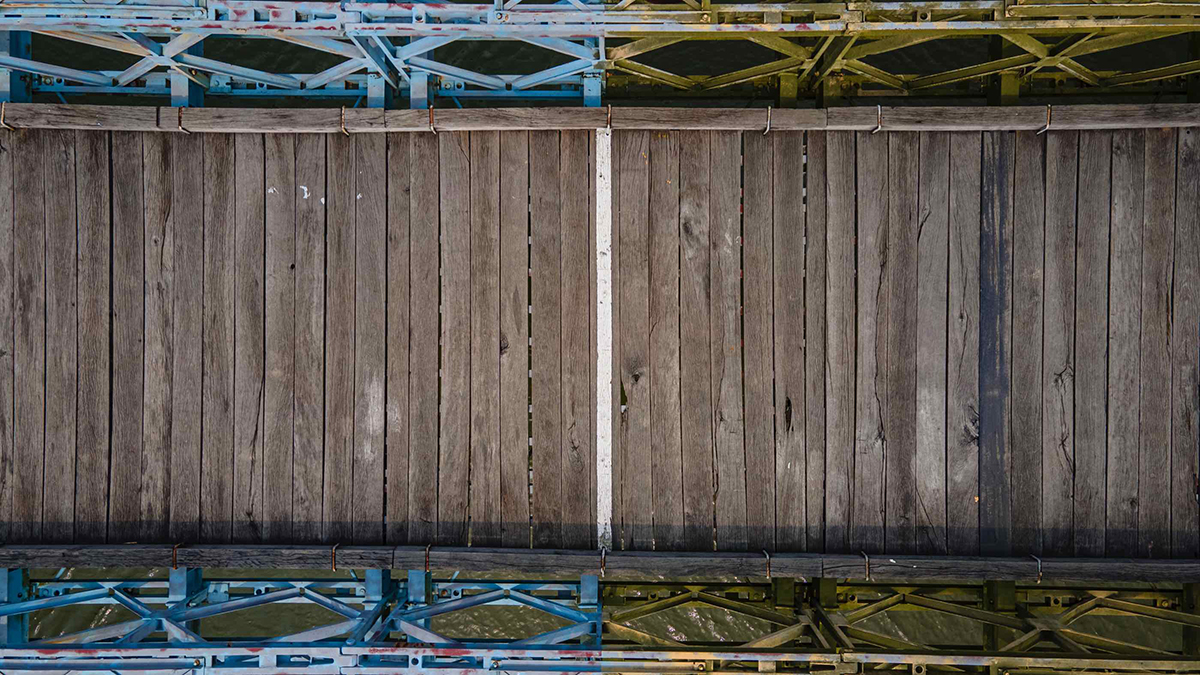
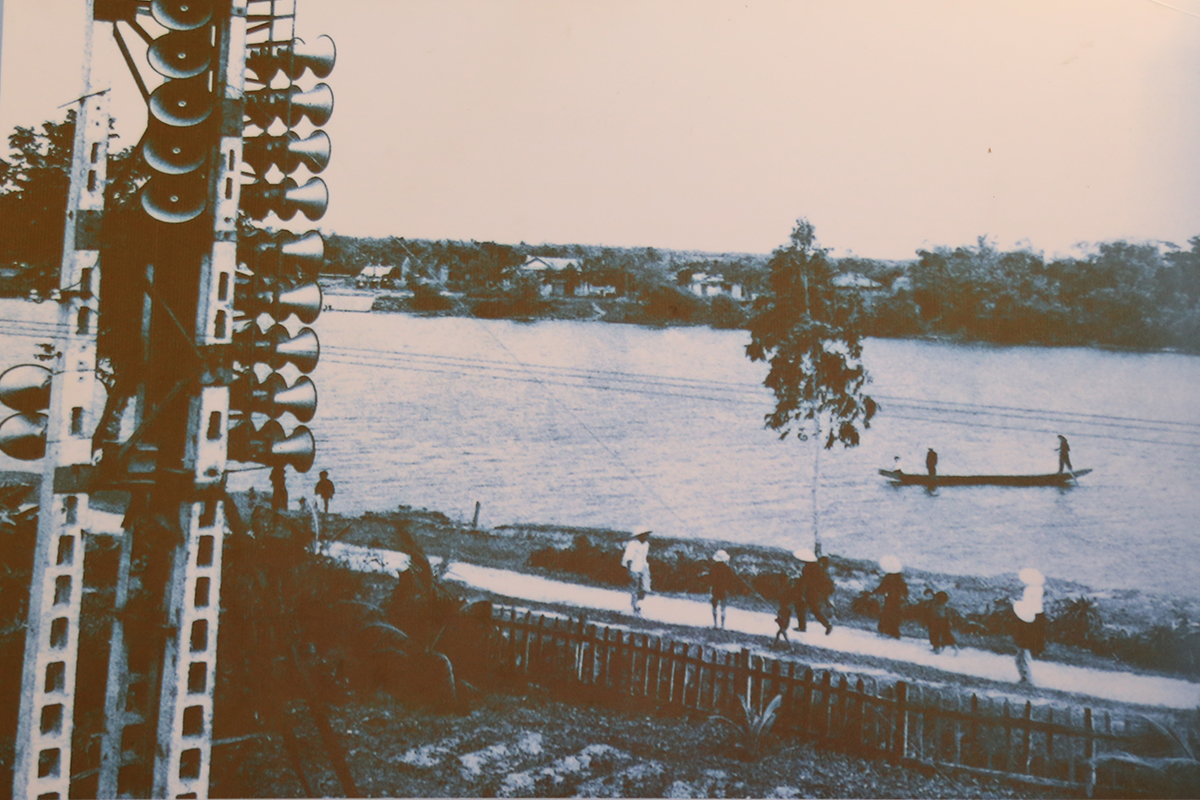
Comments